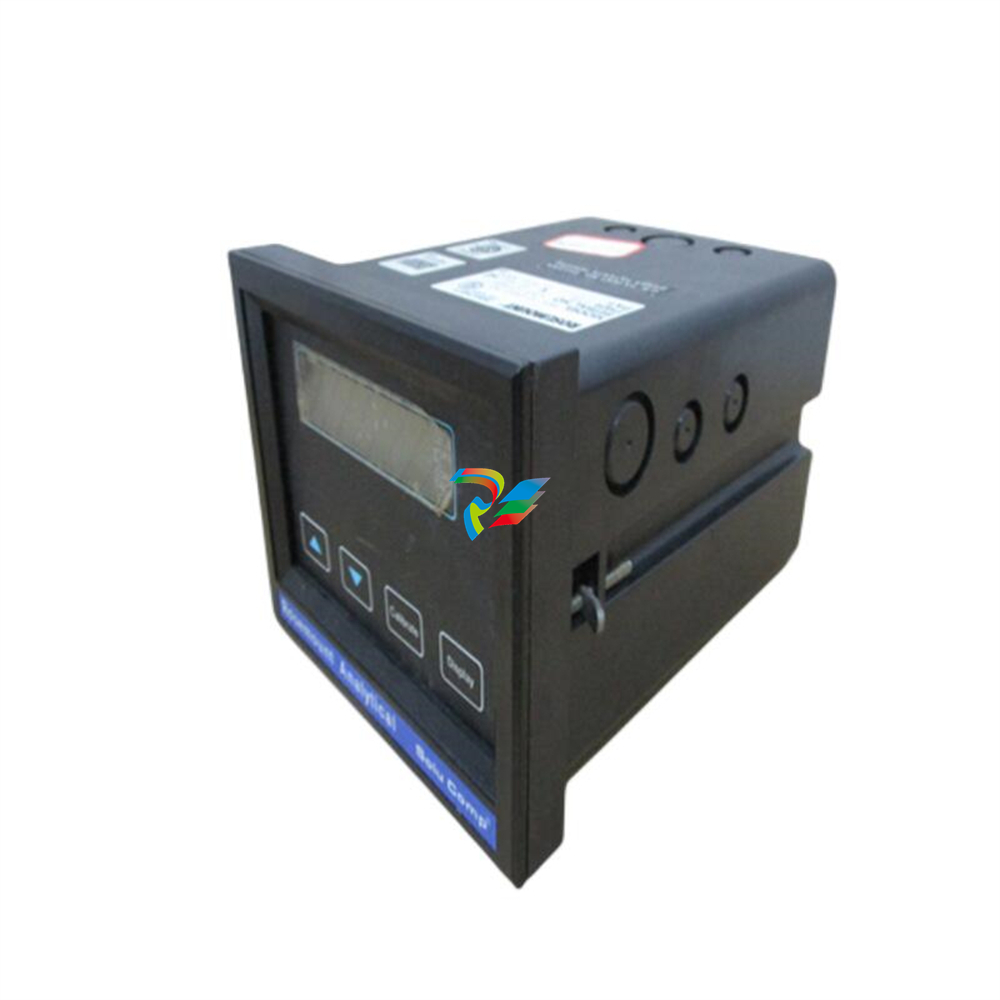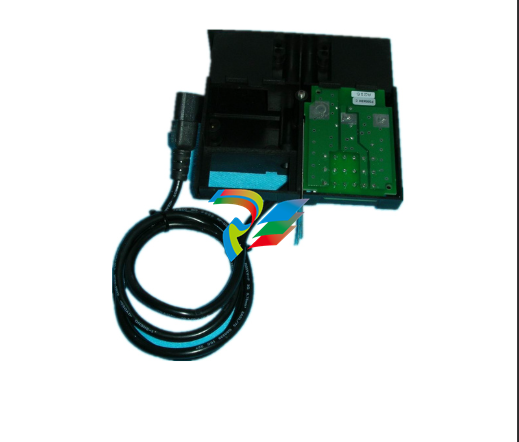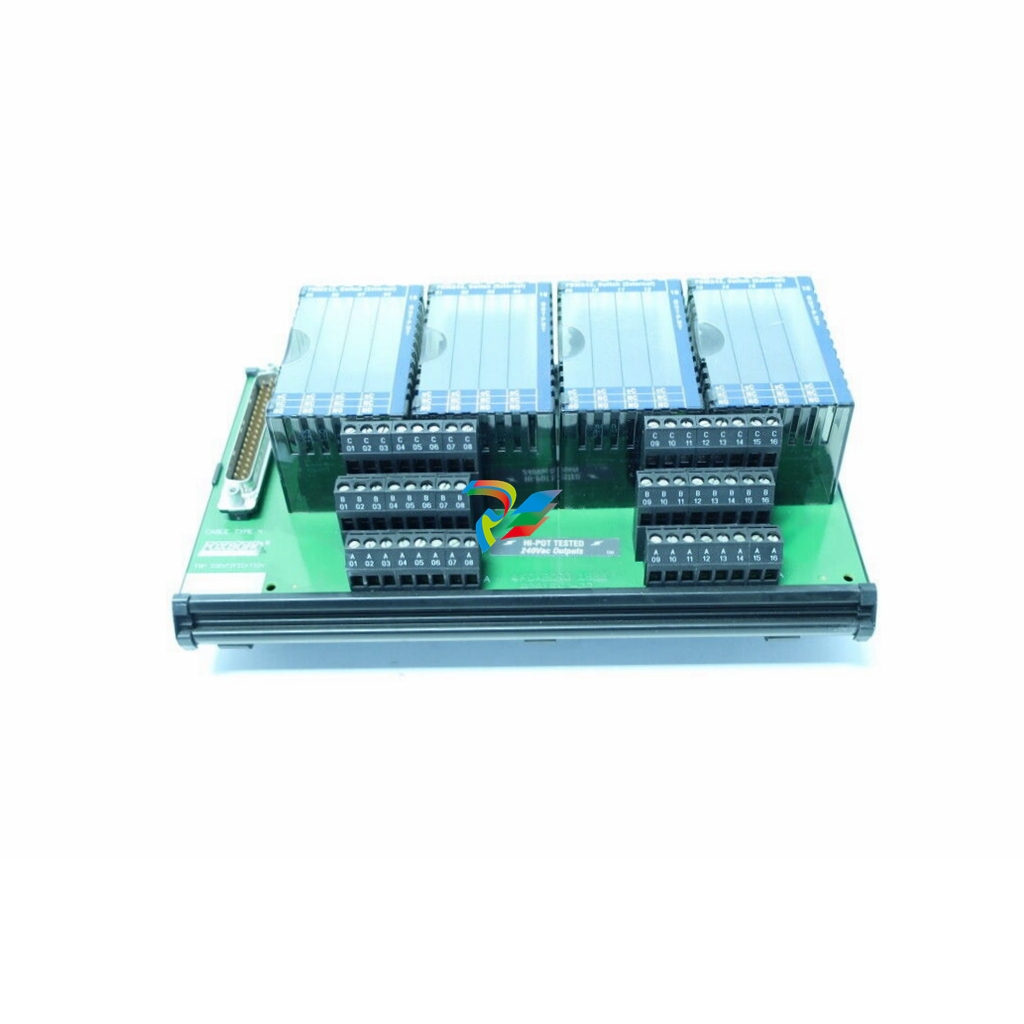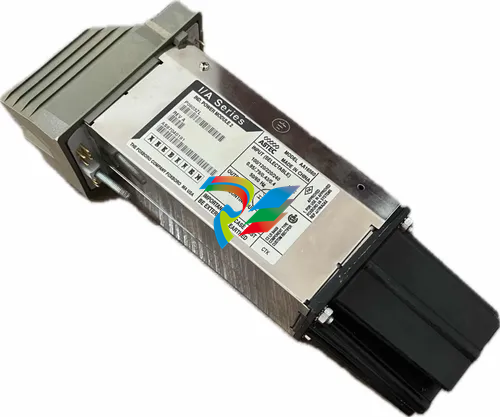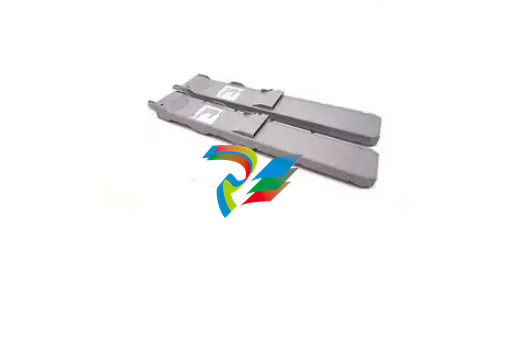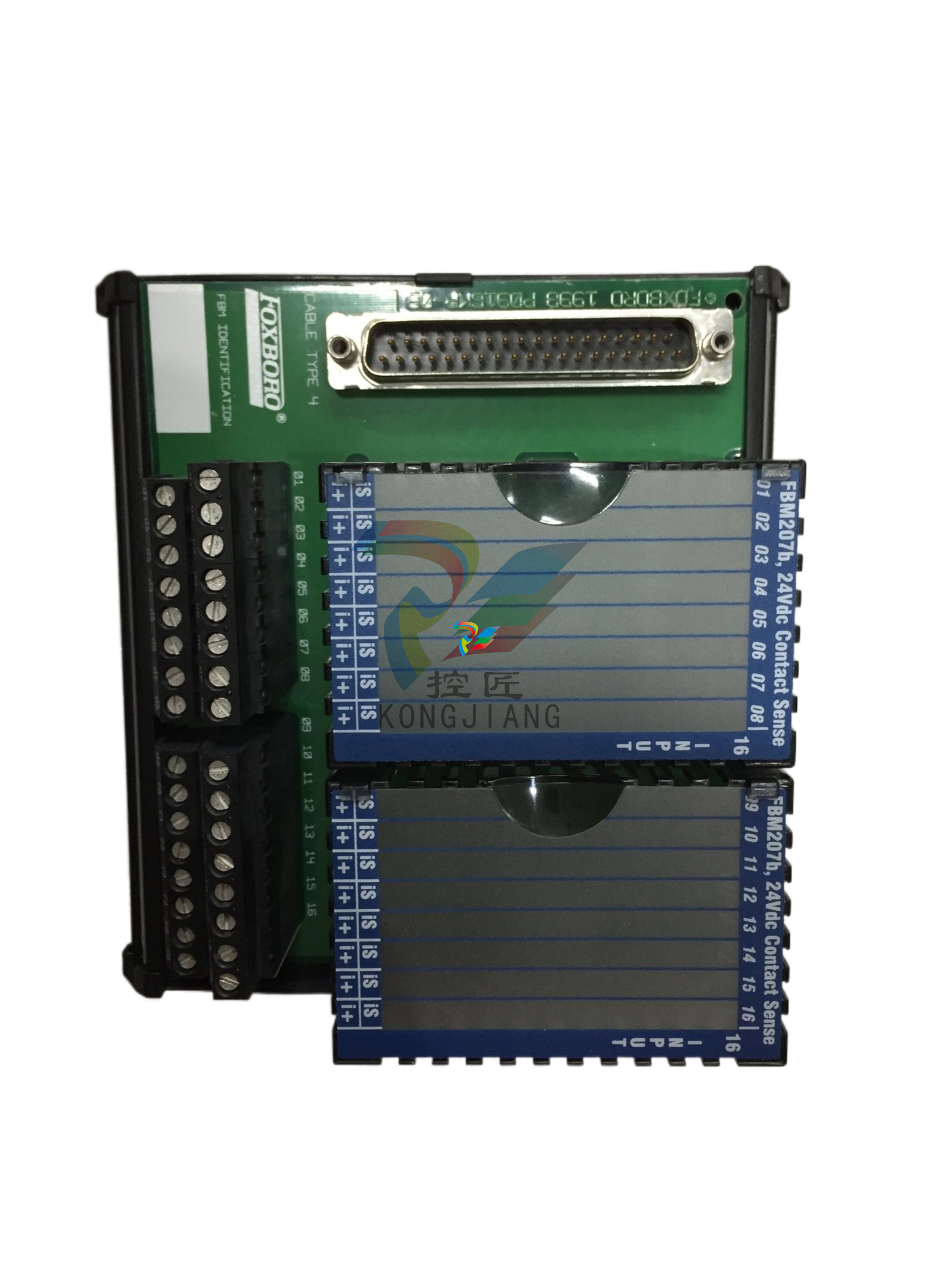
3D Printing in Construction: Materials, Applications, and Advantages
The 3D printing market is fast expanding. It reached $17.38 billion last year and is projected to hit a whopping $98.31 billion by 2032.
Perhaps most excitingly, the technology promises to revolutionize how we design and build structures by improving quality, ensuring worker safety, reducing costs, increasing efficiency, and driving sustainable business practices.
Let’s explore the methods behind 3D printing in construction, its advantages and disadvantages, how the technology is being used today, and what the future holds.
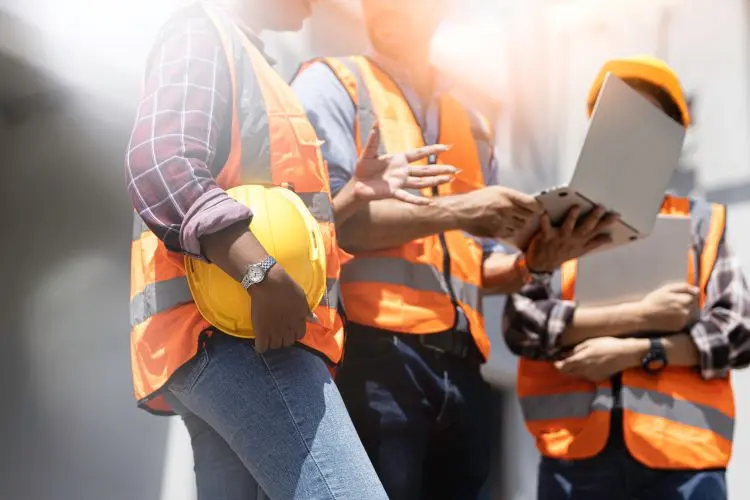
Methods Used in 3D Printing for Construction
In construction, 3D printing — also known as additive manufacturing — refers to the process of printing layer-upon-layer of construction materials to create three-dimensional shapes. 3D printers receive design information via computer-aided design (CAD) or building information modeling (BIM) programs to produce specific components or entire structures.
This is achieved via various methods:
1. Extrusion
This 3D printing technique works by layering material back and forth via a nozzle mounted onto a gantry system, robotic arm, or crane. Extrusion most often consists of a robotic arm releasing polymers or concrete material.
2. Powder Bonding
For this method, powdered raw materials are the primary component, and prints are created via powder bed fusion or binder jetting. Powder bed fusion melts powder particles with a laser onto a selected object, one layer at a time. Binder jetting uses a print head to deposit a liquid bonding agent to the powder printing bed. This liquid binds the powder particles together to create each of the layers of the print. 3D printers that use powder bed fusion work with a wide range of materials, including metals and silica, and achieve high-level precision.
3. Spraying
Cold spray additive manufacturing leverages a high-velocity gas jet to accelerate construction materials onto a substrate and repeats this process layer by layer. The technique is particularly effective when it comes to repairing corroded or damaged parts, but it can also be used to form an entire component.
Each of these 3D printing techniques can be combined with other technologies. Additive welding, for example, solidifies construction materials into place as they are printed. This is particularly useful for developing structures that don’t have a foundation, such as bridges.
Plastic, concrete, sand, metals, and mortar are among the most popular choices of construction materials for 3D printing. Composites are also used to emulate materials including wood, marble, and ceramic. For example, wood filaments for 3D printing are typically 70% PLA and 30% sawdust and other wood fibers.
The materials used will continue to diversify as 3D printing technology advances.
5 Advantages of 3D Printing in Construction
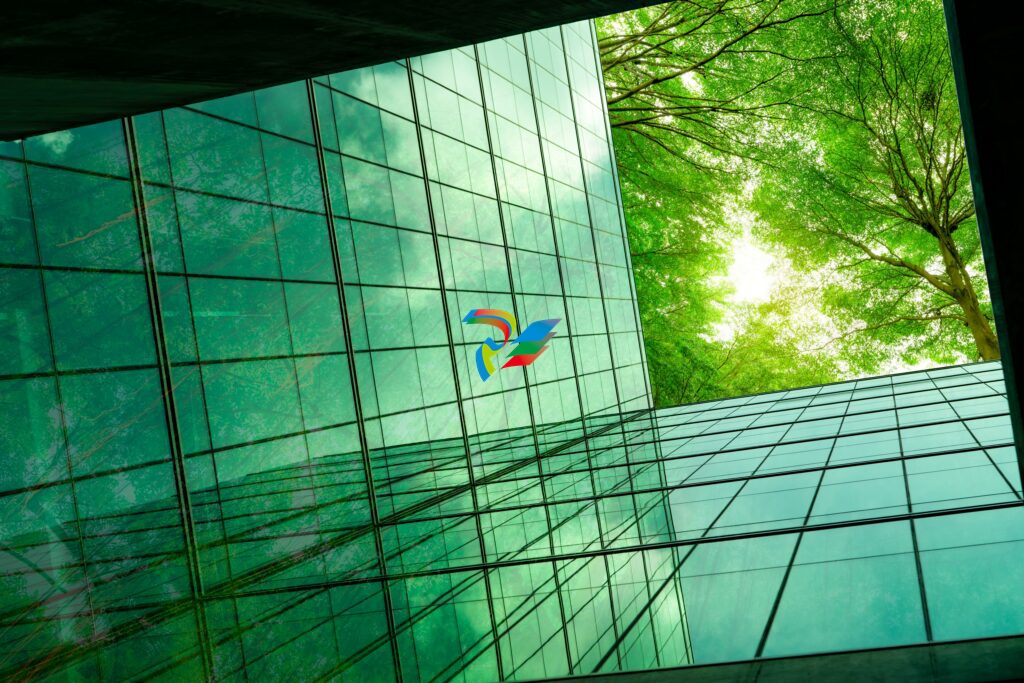
Fahroni / Shutterstock.com
The key benefits of 3D printing in construction include:
1. Customization
3D printer-aided construction provides companies with greater flexibility than conventional construction to create complex, high-functioning, and completely customized designs.
For example, if a client requests a unique building design, featuring complex shapes or an unconventional layout, it is straightforward to modify the 3D printing software to produce one-of-a-kind components, buildings, and other structures.
2. Sustainability
Globally, the construction sector is responsible for 23% of air pollution, 40% of drinking water pollution, 40% of greenhouse gas emissions, and 50% of landfill.
3D printing drives sustainable construction by ensuring that only the required amount of materials are used, leading to cost savings and significant waste reduction. In addition, 3D printers can work with recycled materials, including plastics and concrete.
3. Efficiency
It’s not uncommon for traditional construction projects to take 20% longer than expected to complete, which can result in as much as 80% in cost overruns.
3D printing technology, which accelerates the prototyping process, prints parts in a matter of hours and quickly adjusts to design changes to reduce overruns by 70%. As well as keeping clients happy, this enables workers to commit to multiple projects and increase their income.
4. Safety
The U.S. Occupational Safety and Health Administration (OSHA) reports that one in 10 workers are injured on construction sites each year. 3D printing reduces accidents by performing some of the most dangerous on-site tasks, thus enabling workers to assume supervisory roles.
5. Cost
3D printing drives operational efficiencies, improves quality, reduces wastage, and lowers labor costs. Not only does this ensure that a project stays within budget, but it also results in happier clients and, ultimately, more repeat customers.
5 Applications of 3D Printing in Construction
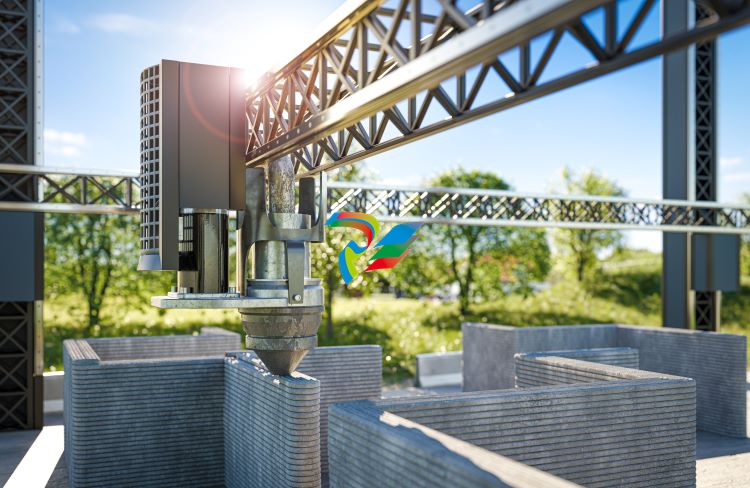
guteksk7 / Shutterstock.com
3D printers are used to create architectural models, prototypes, formwork solutions, structural components, and buildings.

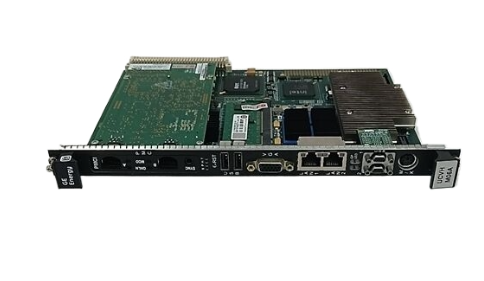
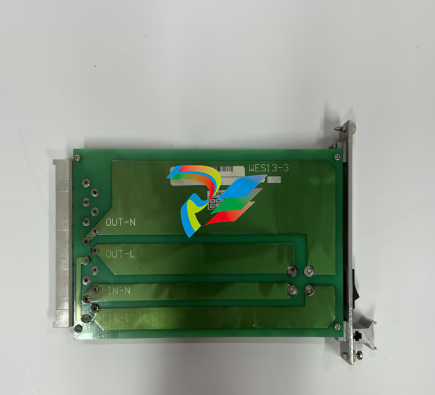
.jpg)

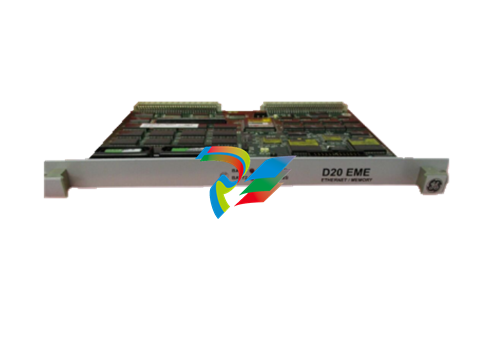
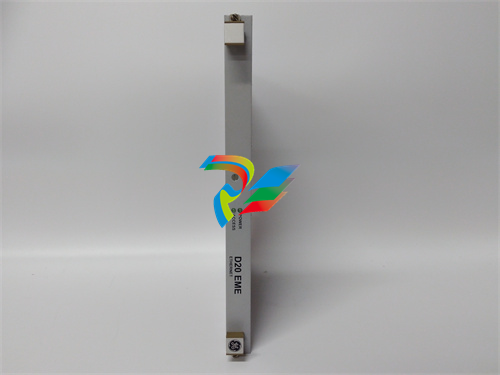
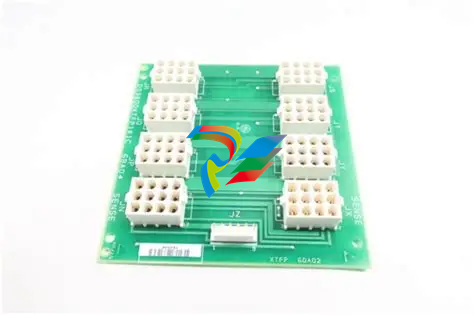












































.jpg)
.jpg)





.jpg)



.png)
.jpg)

.jpg)
_lVjBYb.jpg)

.jpg)
.jpg)



.jpg)
.jpg)







.jpg)

.jpg)
.jpg)






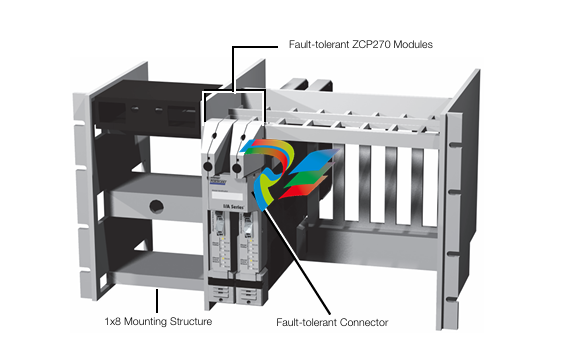

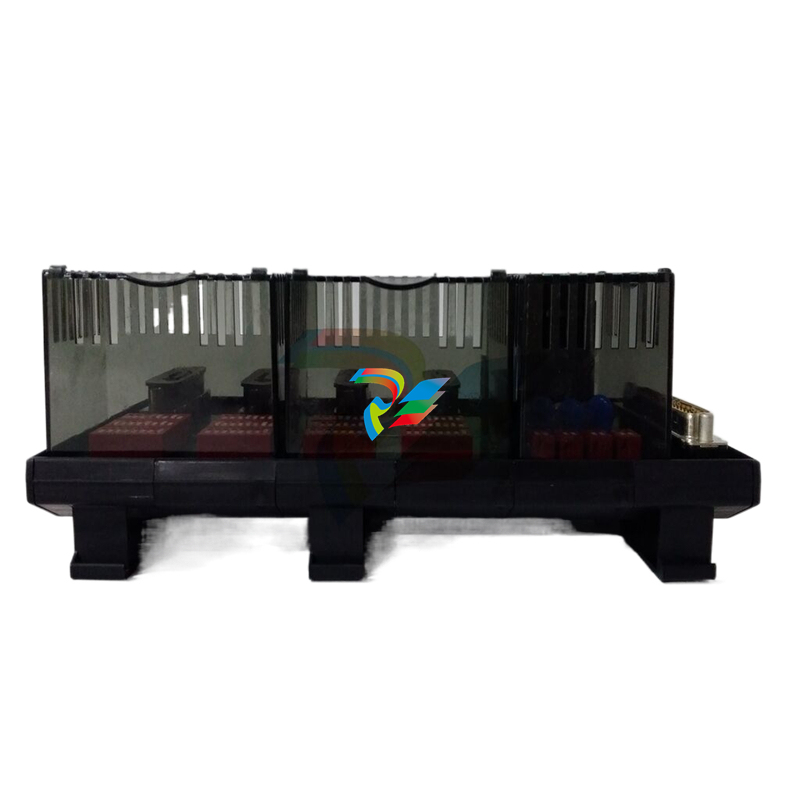
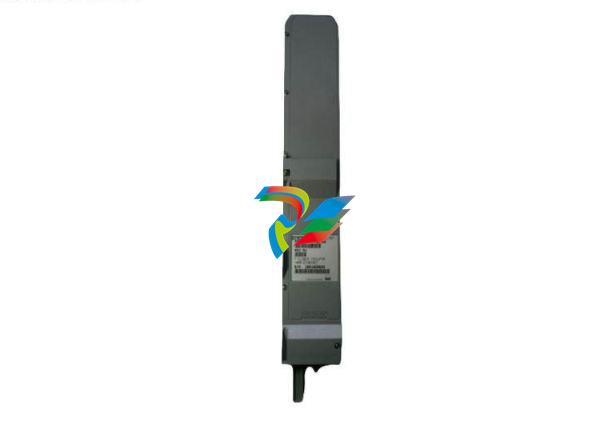
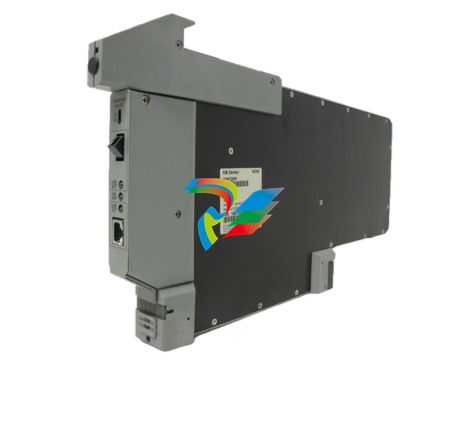
.jpg)
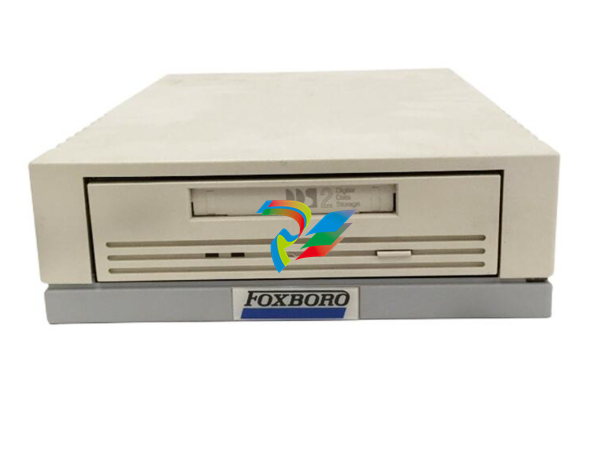



.jpg)
.jpg)
.jpg)
.jpg)
.jpg)
.jpg)
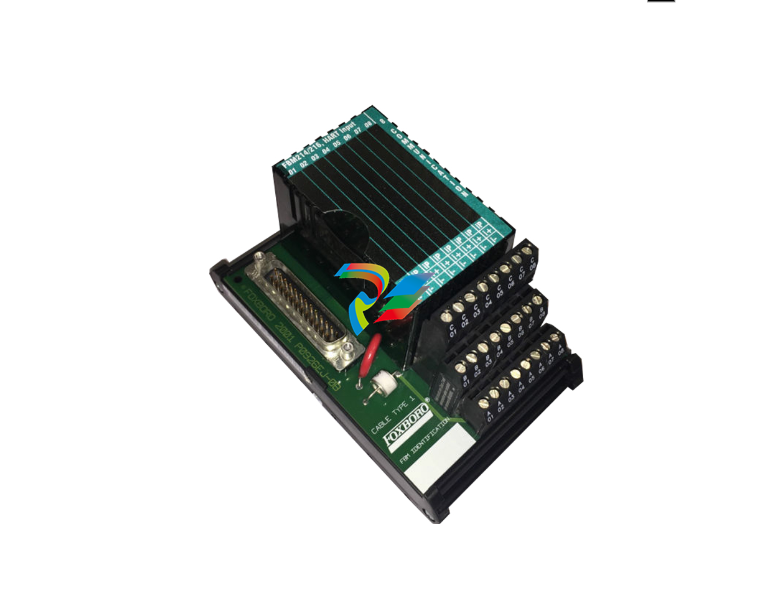
.jpg)
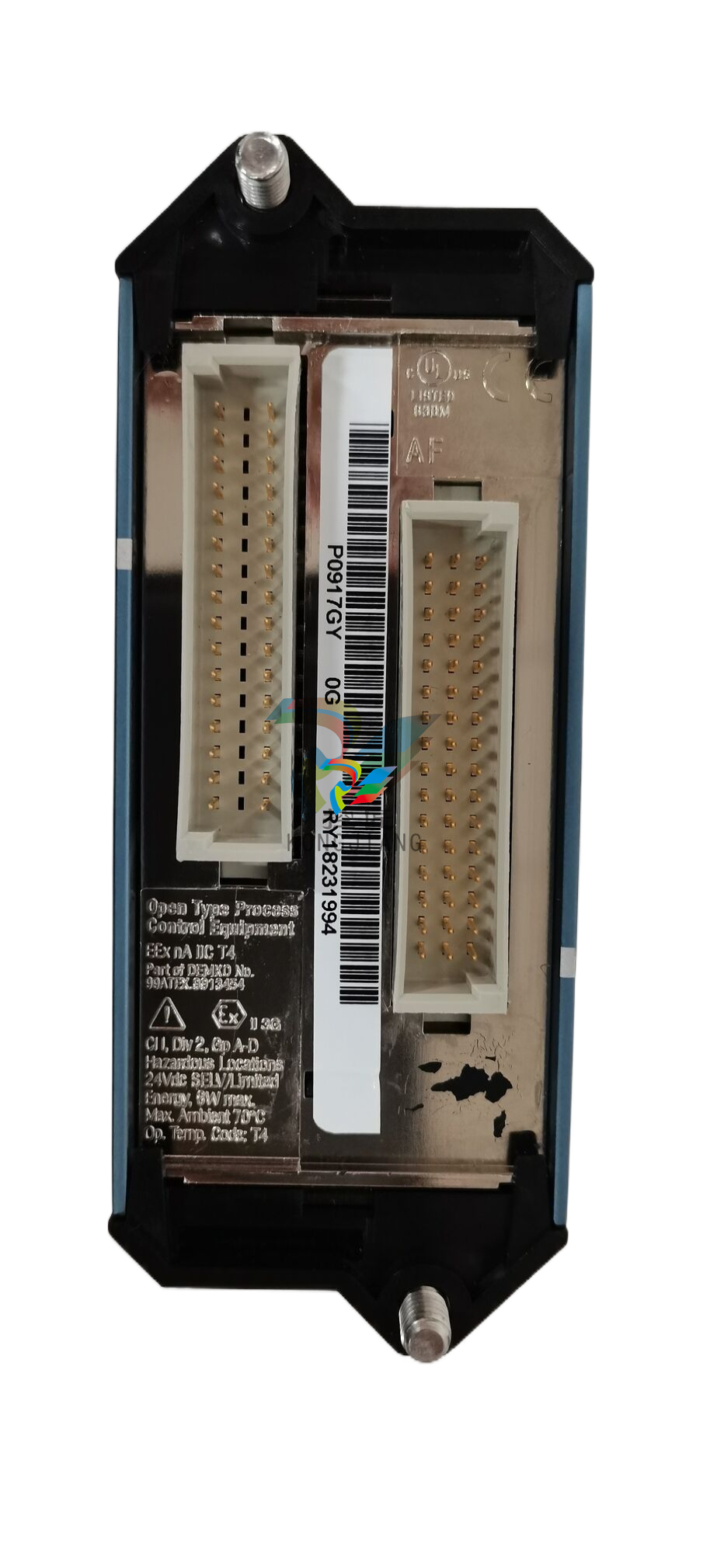
.jpg)
.jpg)
.jpg)
